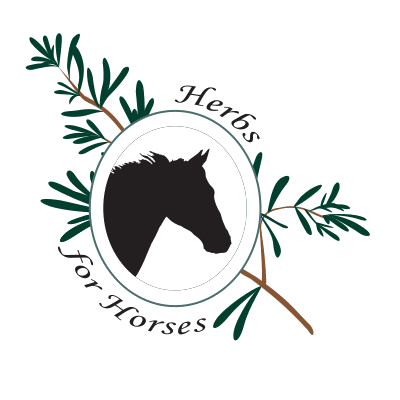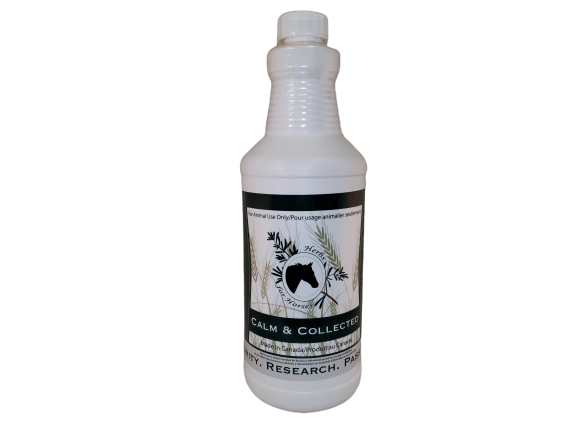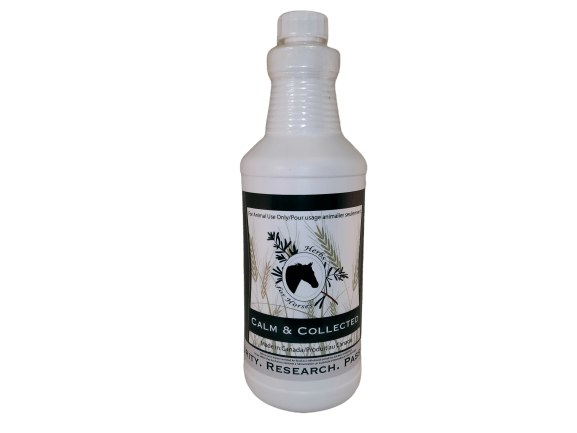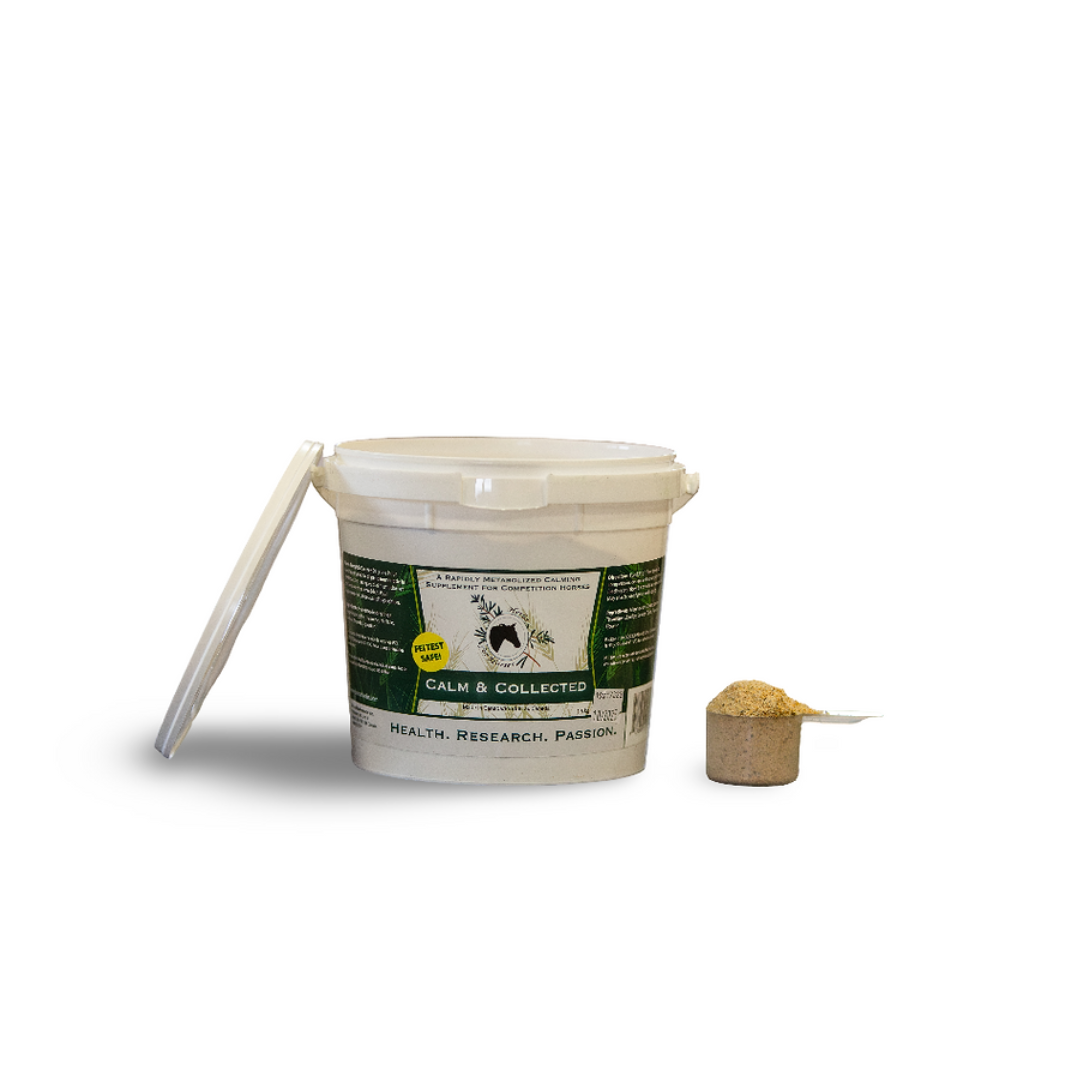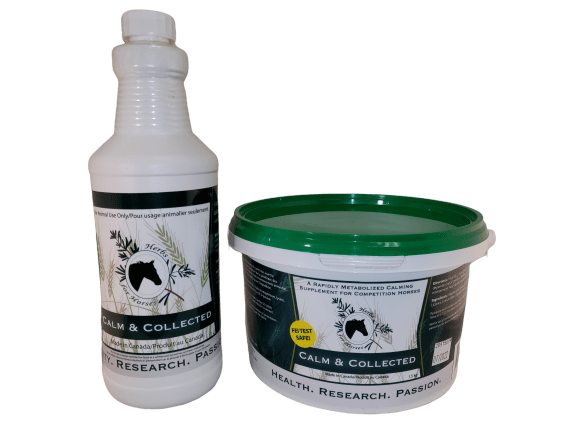Calm and Collected Study
Purpose
To compare the calming effects of ‘Calm and Collected’ with that of a pharmaceutical anti-anxiety medication (Acepromazine) in horses undergoing potentially stressful tasks.
Methods
Six horses were selected based on owner-reported aversion to at least one of the following tasks:
- Task 1: loading onto and/or standing for 3 seconds on an equine weighbridge
- Task 2: loading onto a two-horse trailer
- Task 3: transport alone in a two-horse trailer for a 28-km route (approx. 25 minutes)
- Task 4: jugular venous blood sample (for cortisol analysis)
- Task 5: stall neophobia (horse was walked into a stall containing an unfamiliar object. Object was changed week-to-week to avoid habituation responses)
- Week 1: white board with black irregular painted circles, hung from a wall
- Week 2: one orange and one blue tarp hung from a wall
- Week 3: small opened umbrella and artificial greenery
Once per week, a heart rate monitor was attached to each horse using a surcingle, and they were given one of three test products (single dose of acepromazine, single dose of Calm and Collected, or single dose of placebo). Horses were encouraged to execute each of the tasks whilst peak and average heart rate were recorded.
Each horse went through the series of tasks on 3 separate days in the same order, each time with a different test product, so that at the end of the experiment each test product had data from 6 horses.
Results
Both acepromazine and Calm and Collected were successful at lowering average heart rate for the first task (Fig 1), but neither had any significant effects in subsequent tasks. This suggests that both products had maximum efficacy prior to beginning the 2nd task. Acepromazine significantly reduced plasma cortisol levels (a physiological measure of stress) compared with placebo, to a level not significantly different than Calm and Collected (Fig 2).

Conclusions
Calm and Collected was not inferior to a pharmaceutical anti-anxiety drug in reducing heart rate and cortisol in horses undergoing stressful tasks.
